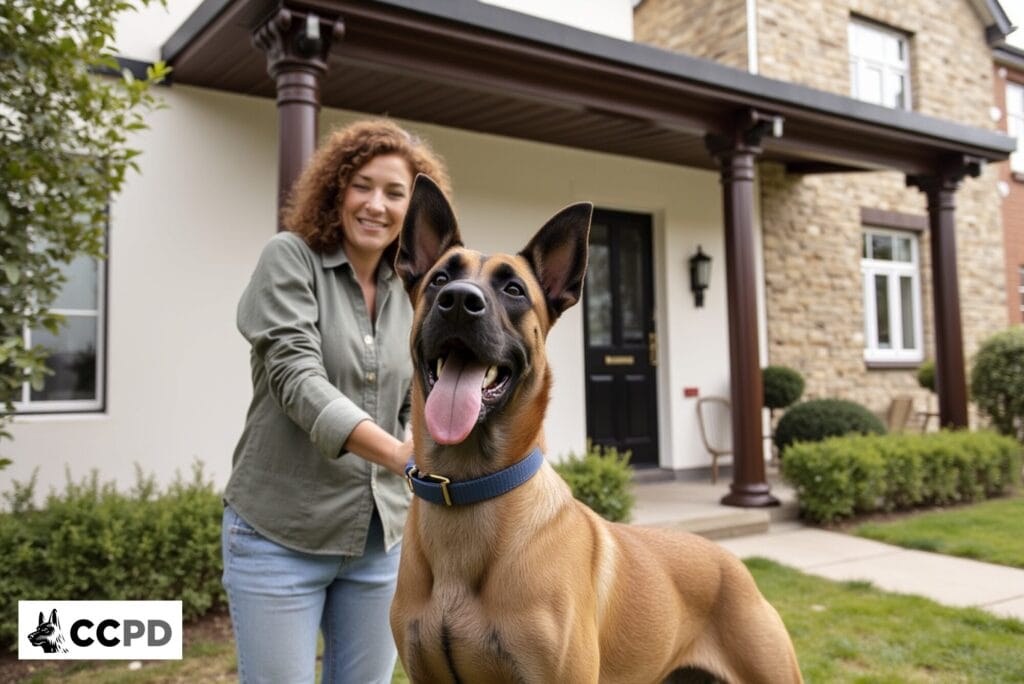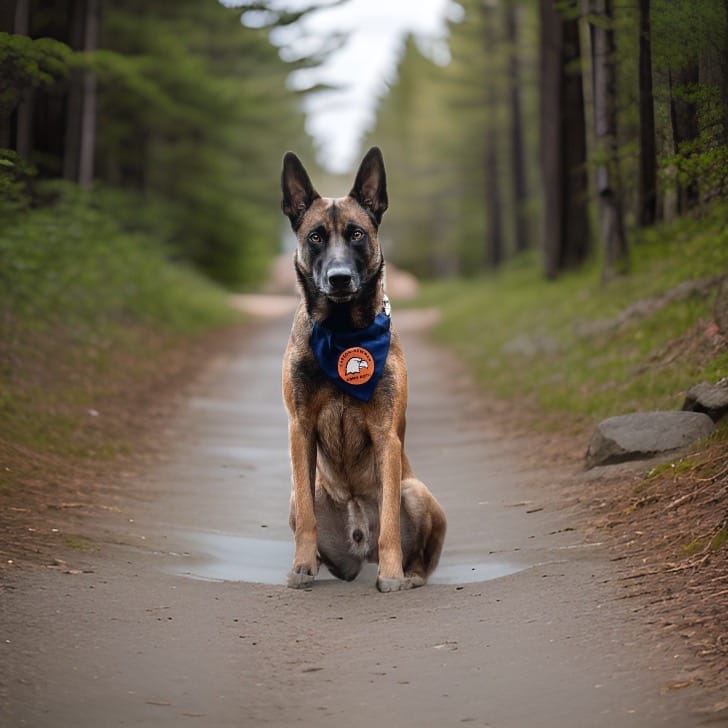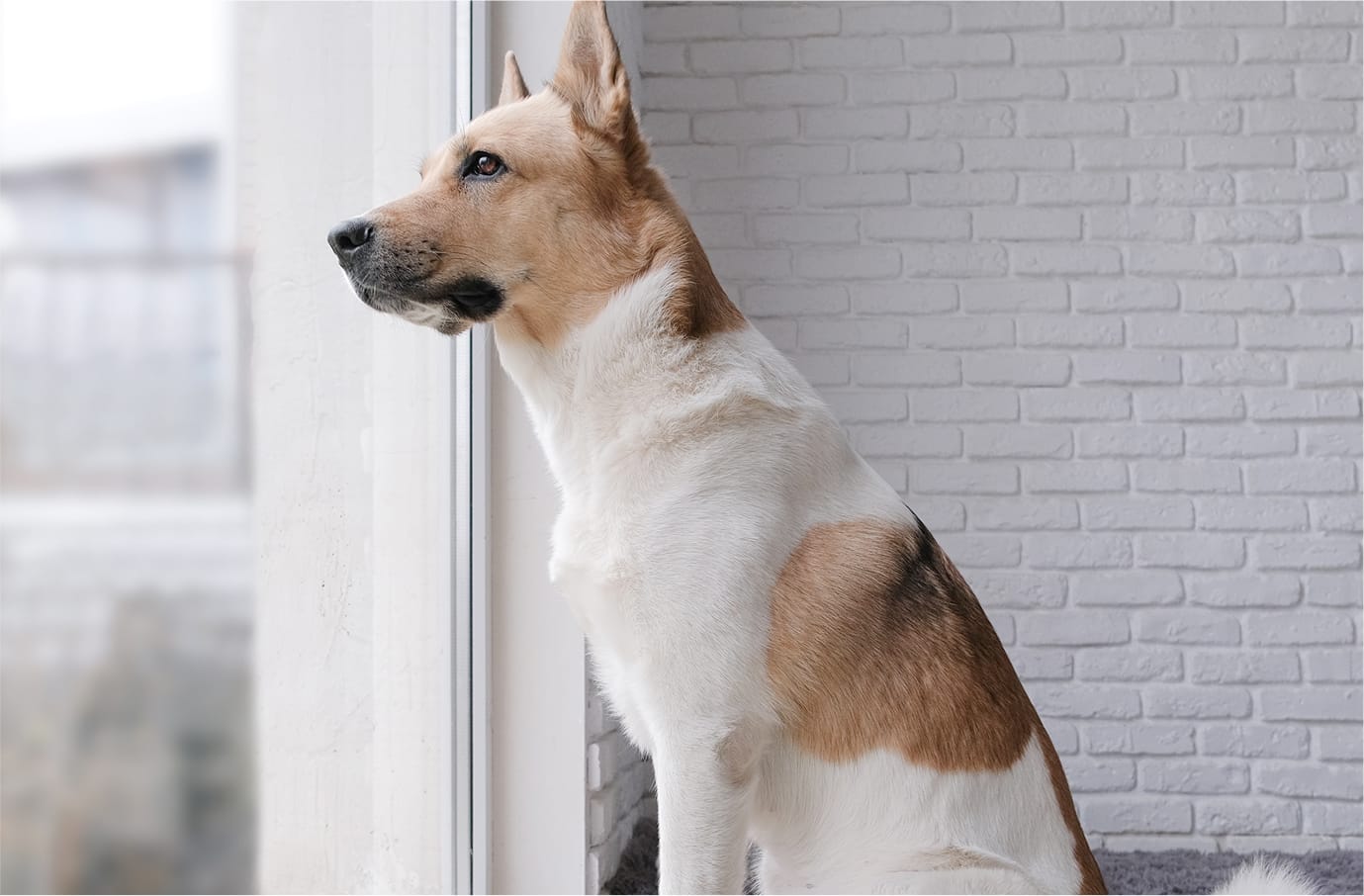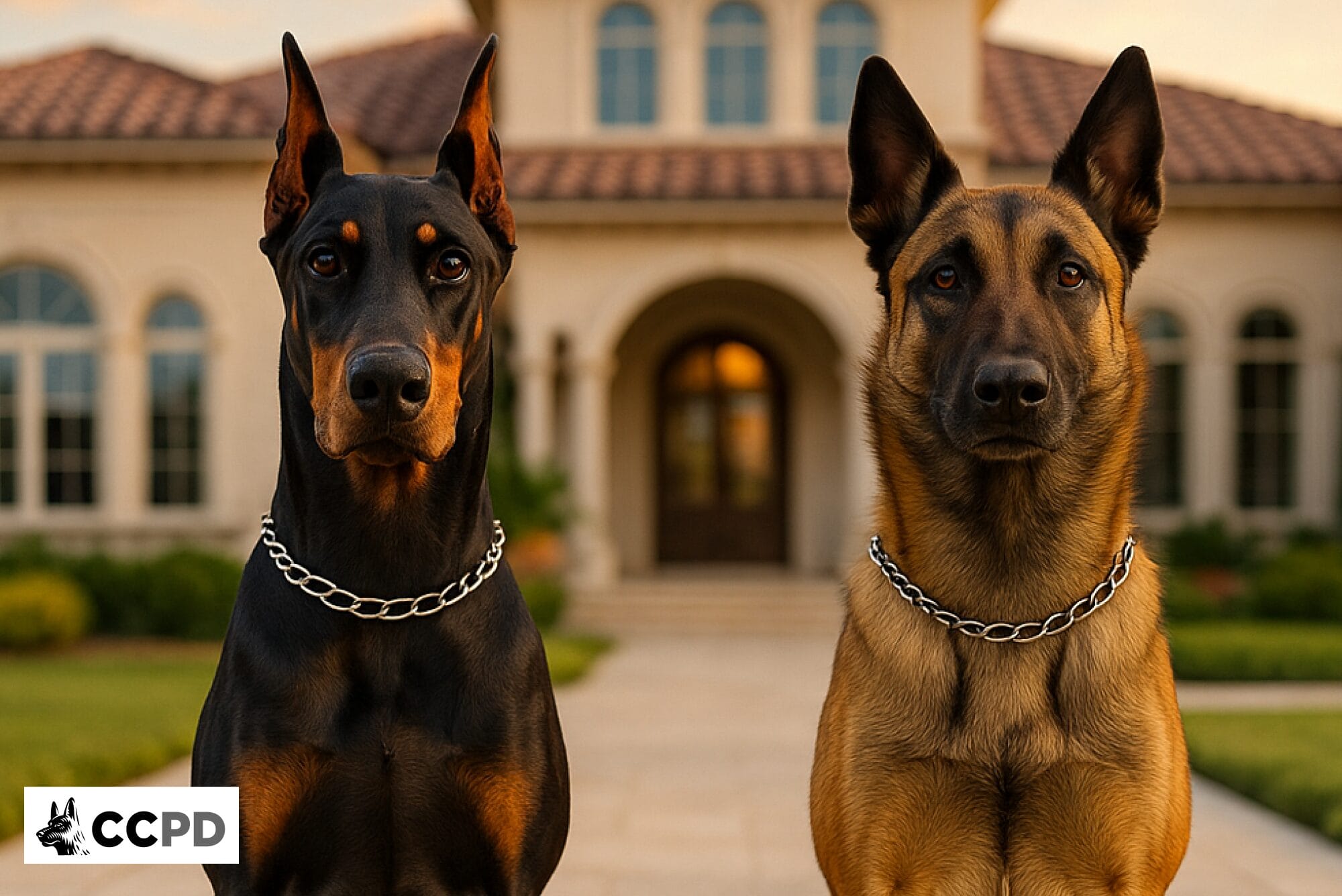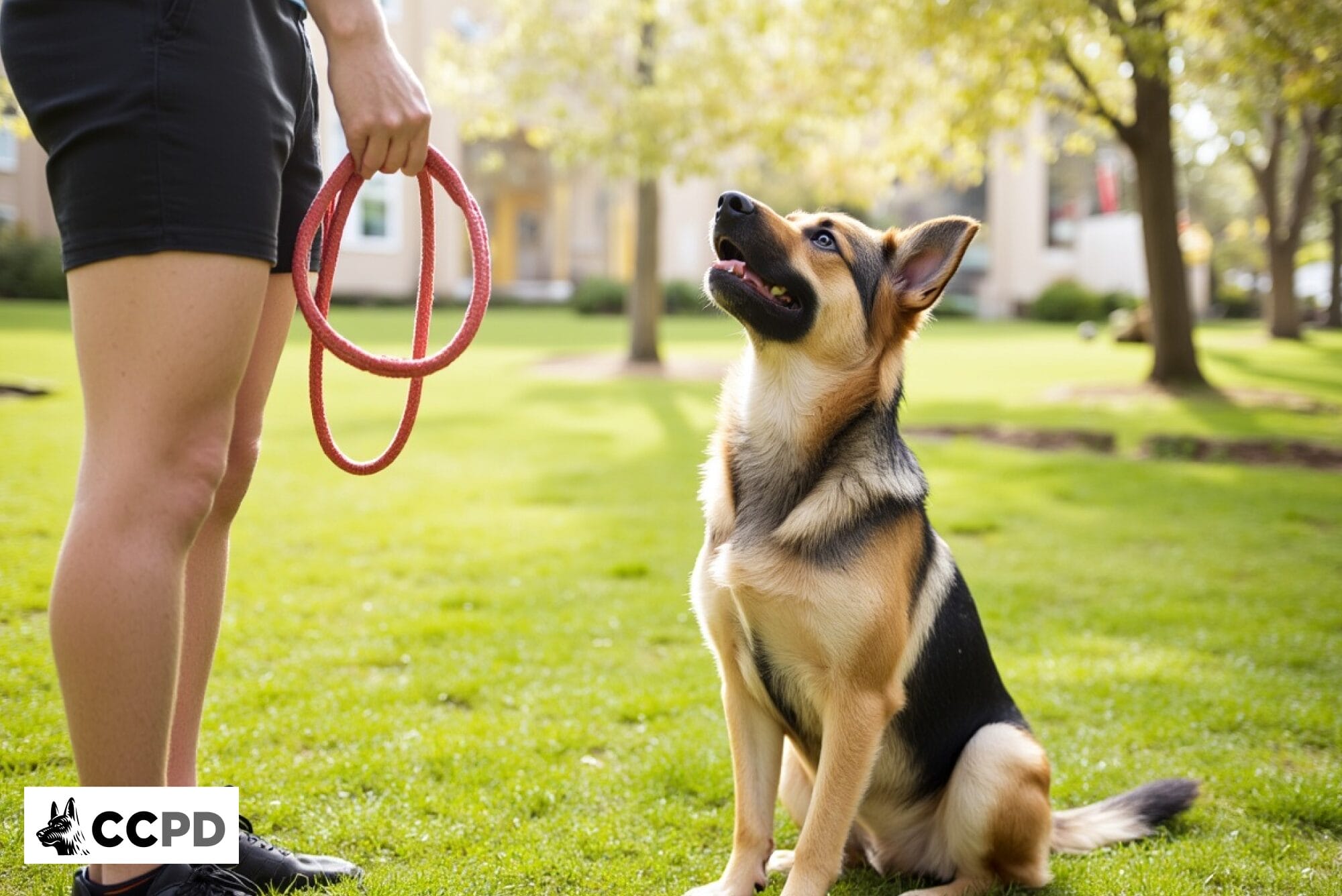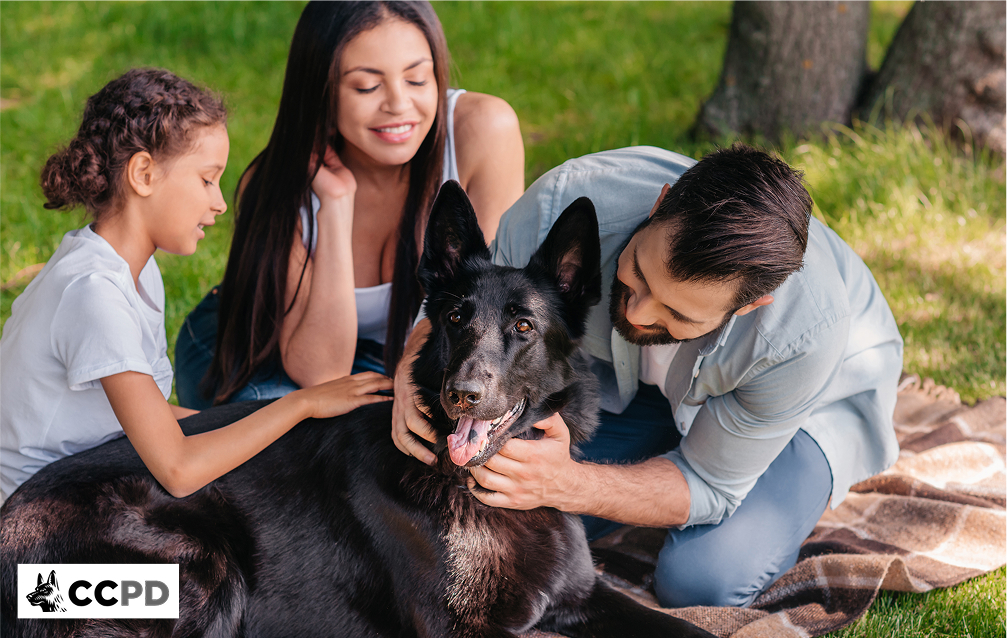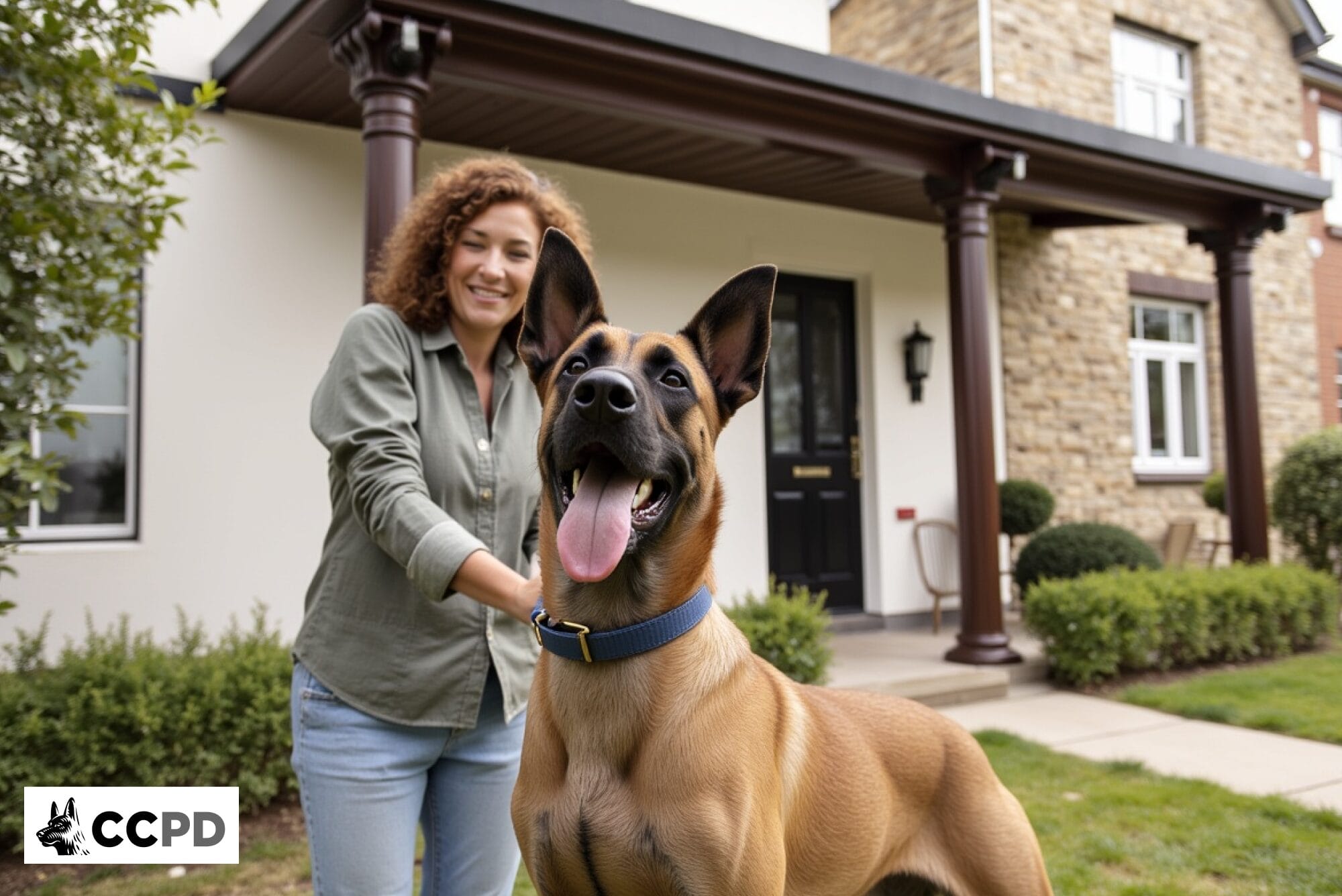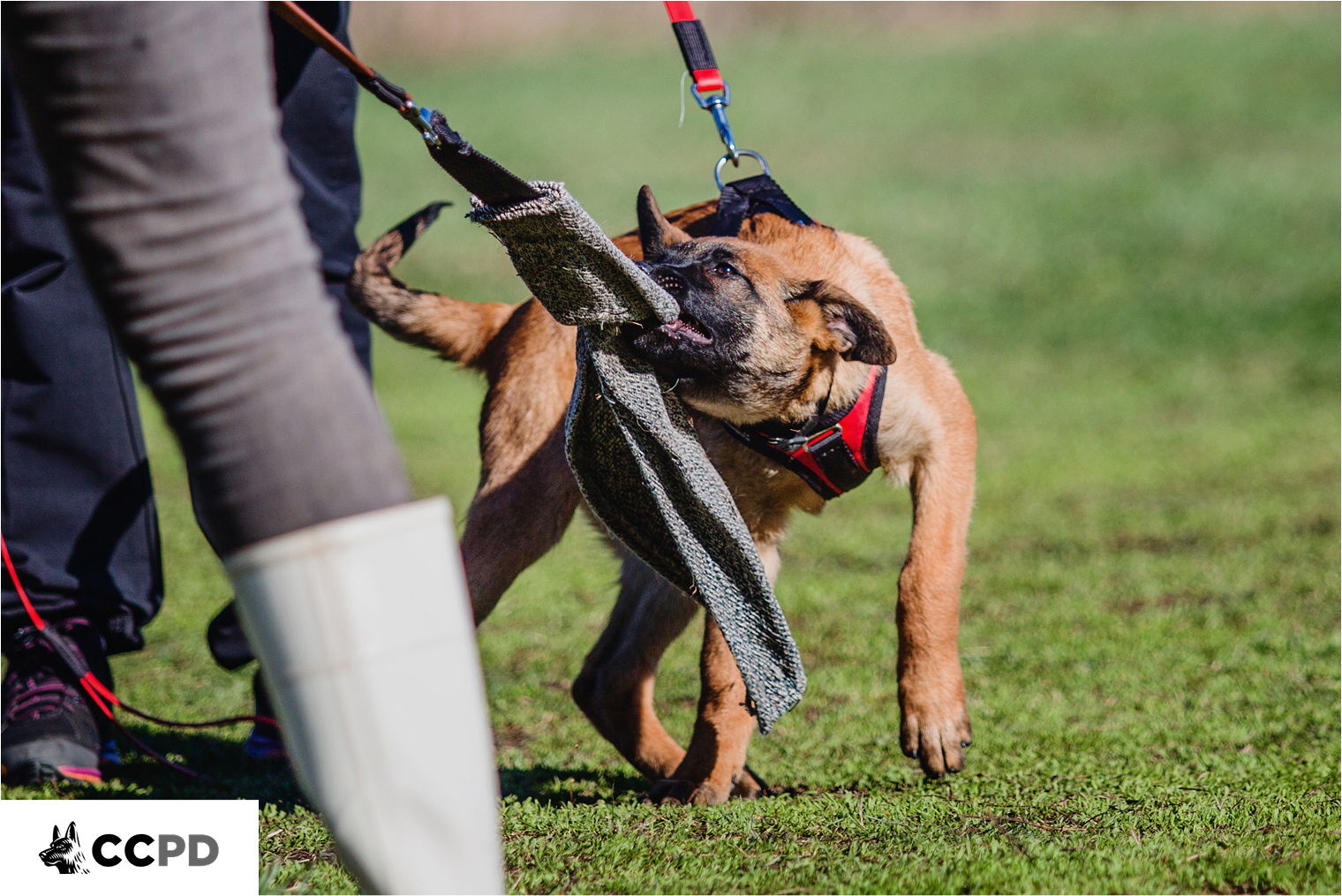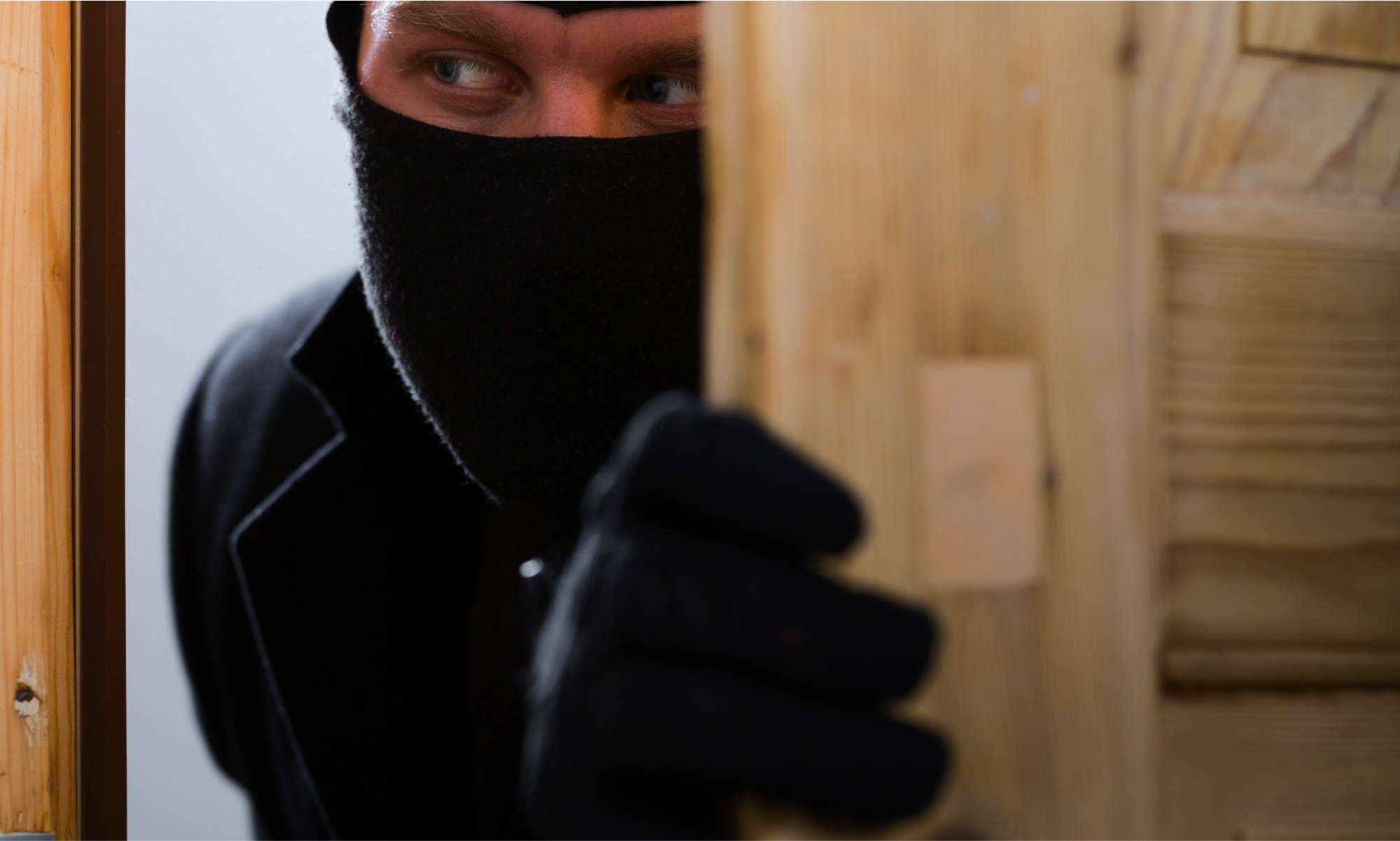When most people think about dogs that provide security, they often use the terms “guard dog” and “protection dog” interchangeably. It’s an understandable mistake—after all, both types of dogs are trained to keep you and your property safe.
However, if you’re seriously considering adding a four-legged security system to your family, understanding the fundamental differences between Guard dogs vs. Protection Dogs categories is pretty important.
The distinction goes far deeper than you might expect, affecting everything from training methods and costs to daily life with your canine companion. Whether you’re looking to secure a large property or need personal protection for you and your loved ones, choosing the wrong type of dog could leave you with gaps in your security or, conversely, more dog than your situation actually requires.
Let’s break down these differences between Guard Dogs vs. Protection Dogs so you can make an informed decision that truly fits your specific needs and circumstances.

Understanding Guard Dogs
Guard dogs operate on a fairly straightforward principle: they’re natural-born protectors with an instinctive drive to defend territory. Think of them as your property’s first line of defense, equipped with keen senses and an inherent suspicion of strangers who dare to step onto their turf.
These dogs rely heavily on their natural protective instincts, which have been selectively bred and enhanced over generations. A well-positioned guard dog doesn’t need constant human direction to do their job—it’s essentially a self-managed security system that may shed a little bit. Their primary mission is clear: keep intruders away from the property, and they accomplish this through their imposing presence, loud barking, and willingness to confront threats independently.
Here’s what typically defines a guard dog:
- Physical presence and intimidation: Most guard dogs are naturally large, muscular breeds that command respect simply by being seen
- Alert systems: They’re exceptional at detecting unusual sounds, movements, or scents, often alerting long before humans notice anything amiss
- Independent thinking: Guard dogs make split-second decisions about threats without waiting for human commands
- Territory-focused: Their protective instincts center around defending a specific area rather than following a particular person
Popular guard dog breeds include German Shepherds, Rottweilers, Doberman Pinschers, and Mastiffs—all dogs with natural protective tendencies that can be enhanced with basic obedience training and socialization.
Focuses on reinforcing their natural instincts while ensuring they can distinguish between normal visitors and genuine threats.
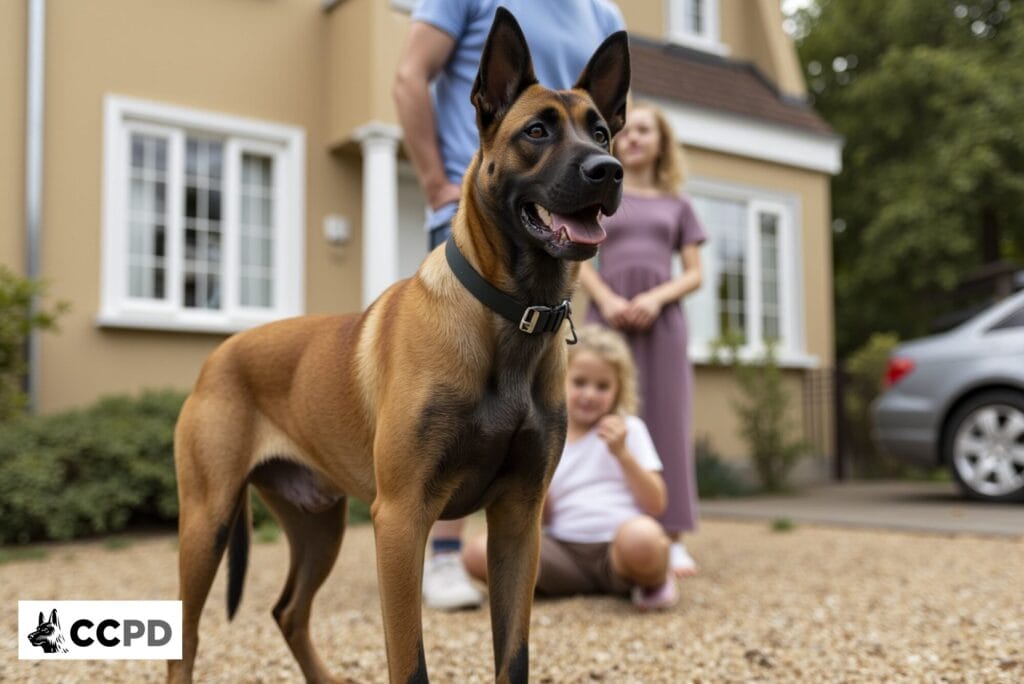
Understanding Protection Dogs
Protection dogs represent the elite tier of canine security. While guard dogs rely on instinct, protection dogs are the result of intensive, specialized training programs that can take years to complete. These aren’t just dogs with natural protective tendencies—they’re highly trained professionals in canine form.
The fundamental difference lies in their focus: protection dogs are trained specifically to protect people, not property. They’re personal bodyguards who happen to have exceptionally good hearing and can run on four legs. Every aspect of their training revolves around threat assessment, controlled responses, and maintaining the safety of their human handlers.
Key protection dog characteristics include:
- Advanced obedience and impulse control: These dogs can remain perfectly calm in chaotic situations until given specific commands
- Sophisticated threat assessment: They’re trained to evaluate situations and respond proportionally, escalating only when necessary
- Handler-focused protection: Their loyalty and protective instincts are specifically directed toward their assigned family members
- Public accessibility: Protection dogs are trained to accompany their owners in public spaces while remaining controlled and non-aggressive
The breeding and selection process for protection dogs is incredibly rigorous. Trainers look for specific temperament traits, intelligence levels, and physical capabilities that indicate a dog can handle the intense training program. Many protection dogs come from specialized breeding programs in Europe, where this type of training has been refined over decades.
The training investment is substantial, often involving multiple phases that include basic obedience, advanced protection work, and ongoing maintenance throughout the dog’s working life.
Related Article: What Breed of Dog is Best for Home Protection?
Key Differences in Training and Behavior
The training methodologies for guard dogs versus protection dogs are worlds apart. Guard dog training typically focuses on enhancing natural behaviors—teaching the dog when to bark, when to be suspicious, and basic obedience commands. This training can often be completed in a matter of weeks or months.
Protection dog training, however, is an entirely different beast. These programs can take 12 to 24 months or even longer, involving multiple trainers and specialized facilities. The dogs learn complex command sequences, scenario-based responses, and must demonstrate consistent performance under stress before they’re considered ready for placement.
Behaviorally, the differences are equally significant. A guard dog might bark at everyone who approaches your property, while a protection dog will calmly assess each situation and respond only when directed or when they perceives a genuine threat to their handler. Guard dogs operate more independently, while protection dogs maintain constant awareness of their handler’s location and condition.
In social situations, these differences become even more apparent. Guard dogs are typically not suitable for public outings or family events with strangers present. Protection dogs, conversely, are trained to accompany their families virtually anywhere while maintaining their protective capabilities without causing social disruptions.
Related Article: How to Choose a Reputable Protection Dog Trainer
Choosing the Right Option for Your Needs
Selecting between a guard dog and a protection dog isn’t just about personal preference—it requires honest evaluation of your specific circumstances and security needs. Several critical factors should guide your decision:
- Property considerations: Large, rural properties with perimeter security needs often benefit from guard dogs, while urban or suburban families typically need the controlled response of protection dogs
- Family dynamics: Households with children, elderly family members, or frequent visitors usually require the predictable behavior of trained protection dogs
- Lifestyle factors: If you travel frequently, attend social events, or need a dog that can accompany you in public, protection dogs offer the necessary training and temperament
- Budget and commitment: Guard dogs require lower initial investment but ongoing training, while protection dogs demand significant upfront costs but often need less day-to-day management
- Legal and insurance considerations: Some areas have specific regulations about protection dogs, and insurance companies may have different policies for each type
The reality is that both options require significant commitment, but in different ways. A guard dog needs consistent training, reinforcement, and proper socialization to prevent overprotectiveness, while a protection dog requires ongoing maintenance, training, and clear leadership from their handler.
Perhaps most importantly, neither decision should be made without professional consultation. Reputable protection dog companies can assess your specific situation and recommend the most appropriate solution, whether that’s a traditionally trained guard dog or a fully trained protection dog.
Making the Right Choice for Your Security
Understanding the distinction between Guard Dogs vs. Protection Dogs isn’t just about terminology—it’s about finding the right match for your unique security needs and lifestyle. Guard dogs excel at property protection with their natural instincts and independent operation, while protection dogs offer sophisticated, controlled personal protection that adapts to complex family and social situations.
The decision ultimately comes down to what you’re protecting, how you live, and what level of training and investment you’re prepared to make. Both options can provide excellent security when properly matched to the right situation, but the wrong choice can lead to frustration, liability issues, and gaps in your protection.
If you’re serious about adding canine security to your life, the smartest first step is consulting with experienced professionals who can evaluate your specific needs and guide you toward the solution that will serve you best for years to come.
